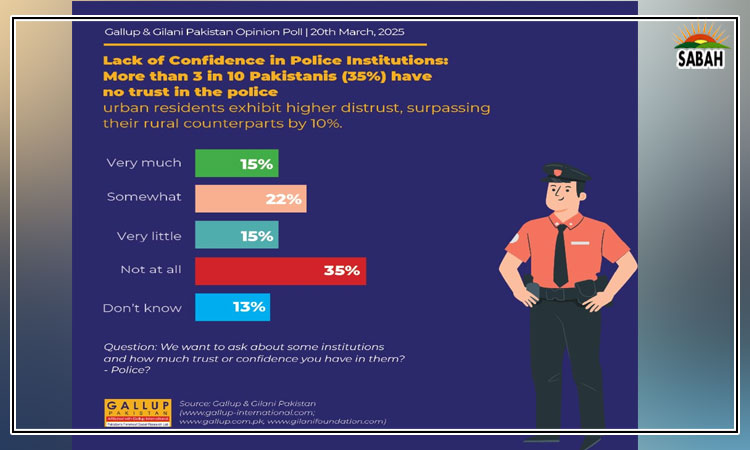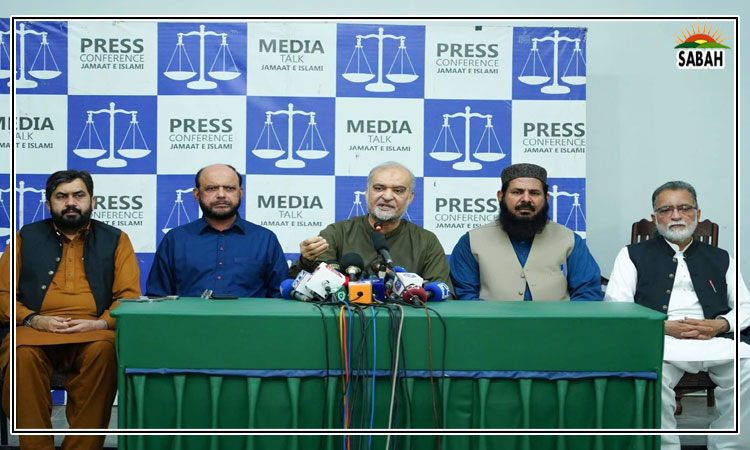And audits for all…Khurram Husain
AN idea is taking shape in a desperate bid to increase revenue collection. This idea would set thousands of auditors loose on those who have been nave enough to file their tax returns. The idea is that large numbers of people are concealing incomes, or filing nil returns while large amounts of money can be seen gushing through their bank accounts.
On the surface, it sounds simple: stop and ask these people where they get off filing nil returns when large amounts of money are clearly going through their accounts and they make multiple foreign trips in a year and have a vast arsenal of assets at their command, from property to automobiles to expensive smartphones, and perhaps, who knows, exotic pets.
On the surface, the idea sounds alright. After all, whats wrong with catching those who are filing nil returns despite having large incomes. Except making audits work is not as straightforward as it might seem at first glance. This particular idea is not new and it has a simple flaw that my conversations with a number of chartered accountants have made obvious.
The FBR does not have the capacity to do this many audits, and no auditing firm worth its salt is willing to work with them on this venture because there is a conflict of interest. An ethical accounting or auditing firm cannot work for the tax authority and private clients at the same time. And those who are willing to do this should not be trusted with such a responsibility.
An attempt to net tax evasion through stronger audits is not in itself a bad idea. But it has been tried in Pakistan and one wonders how much those who are advocating this idea have explored this history. The effectiveness of such an exercise hinges crucially on the ability to target it effectively.
Earlier, the FBR selected cases for audit, using non-transparent criteria, which prompted a court challenge followed by a stay. So in 2013, they started what they called random selection through computerised balloting. That programme ran for three years and saw audit cases being selected via random selection in the presence of taxpayer representatives.
The programme did not achieve much by way of improving compliance or collection. In 2021, a small group of researchers carefully studied the data produced by that programme to determine what impact it had on tax compliance of firms. The programme was targeted specifically at firms and associations of persons, not individuals, and gathered voluminous amounts of their data from sales tax filings.
Making audits work is not as straightforward as it might seem at first glance.
We find that despite detecting substantial amounts of unpaid liabilities audit does not cause any change in behaviour, the authors of the study said. How was this happening? How did the programme yield up massive tomes of data that aided detection, but was ineffective when it came to deterring non-compliant behaviour? The answer lies not so much in the quantity of information that informs audit selection, the authors say. It lies more in the nature, or quality of that information and equally importantly, the ability to collect after detection.
In both areas, the authors found, there were serious weaknesses. Most firms were operating so far below what they called the indifference point of reporting that raising the detection probability had (which is what an audit is supposed to do) little impact on their behaviour. Secondly, even after detection, the amounts served on the firms were subject to adjudication and appeal processes, which the authors say are manipulable making it difficult to translate detection into collection.
The study found that firms typically settled two per cent of detected liabilities, with the rest going into adjudication. Second, they found that the higher the share of a firms final sales to its overall turnover, the lower the detection probability.
The first finding relates to capacity weaknesses in the audit itself, as well as recovery mechanisms, weaknesses which should exist because they are what prevent the tax authority from turning predatory and cannibalising the economy to further its purposes. The second finding tells us that even at the firm level, what information the state has matters rather than the sheer volume or quantum of information. For example, the study finds that transactions between a firm and its end consumers were easier to conceal from the tax authorities, as were transactions among colluding firms (a vendor and supplier in a long-term relationship, for example). But transactions between arms-length firms yielded up larger detected amounts.
There are three things to bear in mind when looking at this. The study being cited is based on data from an exercise done more than a decade ago, which is then compared with data running from 2008 till 2018. Much has changed between then and now. For example, we have far more information available by comparison to then as more databases have been digitised and integrated. Second, the tools to sift through this data have also improved significantly. Third, the present case of audit-based recoveries is targeting individuals whereas the study looked at firms. What information is useful for detection purposes, and whether audits like these can successfully deter individuals where they failed to deter firms remains to be seen. The differences between the world this study looked into and the world the FBR is currently gearing up to move into are appreciable.
But whether or not the FBR can leverage a large-scale auditing exercise into any improvement in recoveries or even reduction in evasion depends a great deal on the type of information they are relying on, the effectiveness with which evasion can be detected, and how well this detection can be translated into recovery. Past experience does not inspire confidence that they can jump these hoops, but lets see. What should not be allowed is a rolling back of the safeguards that protect taxpayers from arbitrary action by the tax authorities.
The writer is a business and economy journalist.
khurram.husain@gmail.com
X: @khurramhusain
Published in Dawn, September 26th, 2024
Courtesy Dawn












